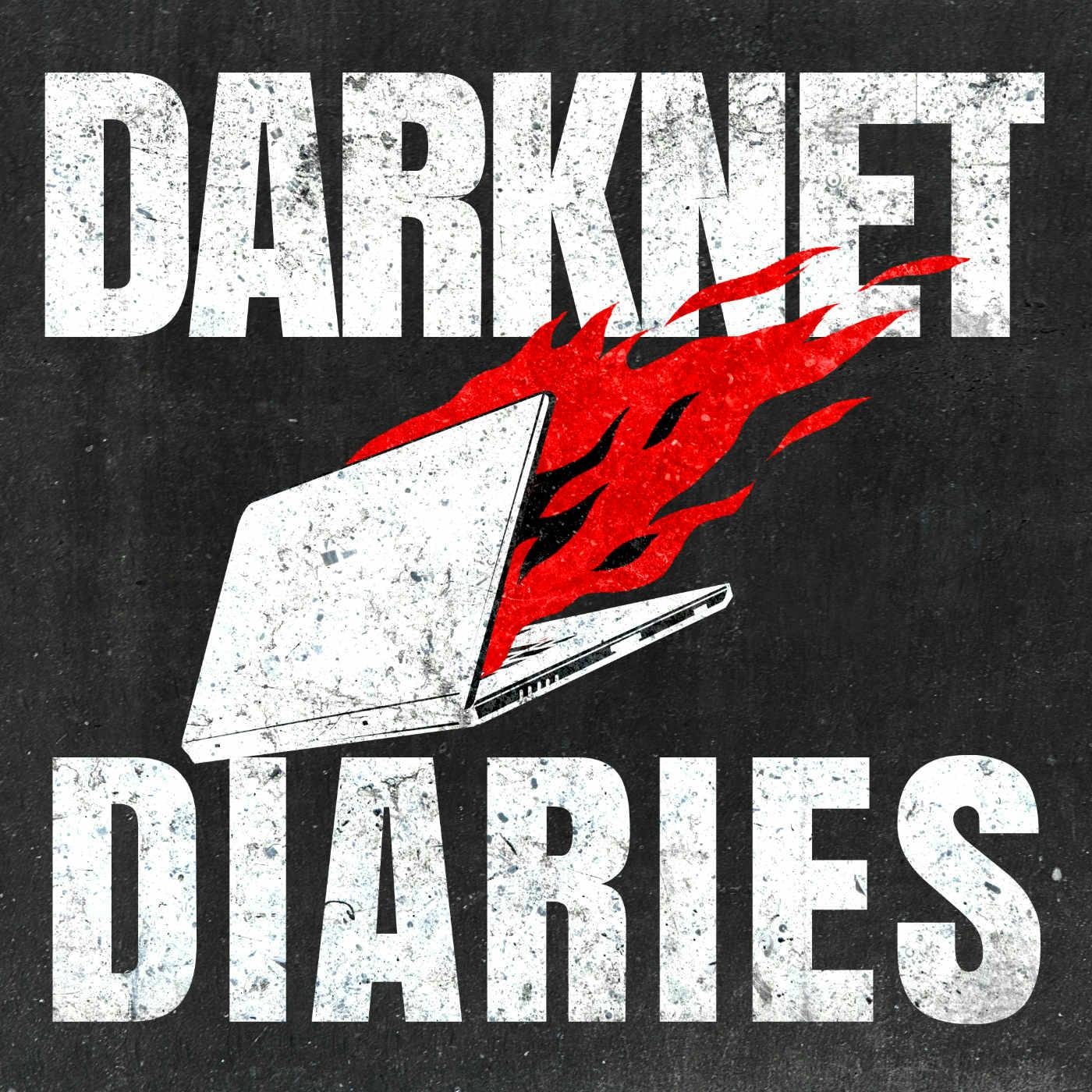


Kik is a wildly popular chat app. Their website says that 1 in 3 American teenagers use Kik. But something dark is brewing on Kik.
Discover more and add this to your library.
Kik is a wildly popular chat app. Their website says that 1 in 3 American teenagers use Kik. But something dark is brewing on Kik.
Kik, a chat app launched in 2010 by a group of Canadian students, gained rapid popularity due to its ability to connect users across various smartphone platforms. Within a month of its launch, Kik had one million users, illustrating its immediate appeal. The app targeted teens, with 70% of its user base aged 13 to 24. However, despite its growth, Kik struggled to monetize its platform and fell into legal troubles surrounding its cryptocurrency, Kin, leading to significant changes in its operational focus.
As Kik grew, so did the illicit use of the platform. The app became a breeding ground for child pornography and exploitation, primarily due to its anonymity features. Two users, referred to as Doctor and Asriel, shared their experiences: Doctor engaged in trading adult content leading to encounters with requests for child pornography, while Asriel found himself in a clan combating pedophilia by taking down channels exploiting children. The ease of accessing such illicit materials raised serious concerns about Kik's moderation.
Kik has faced multiple legal challenges, including serious allegations regarding its lack of effective content moderation against child sexual abuse material (CSAM). Investigations revealed that while Kik partnered with Microsoft for content moderation, reports suggest the cleaning up process is grossly flawed, allowing illegal content to persist for long periods. Kick’s apparent lack of accountability, highlighted by multiple news articles documenting child exploitation, casts a shadow over their operational integrity.
In response to the rampant issues, community-driven efforts have emerged to combat child exploitation on Kik. Asriel's involvement in a group dedicated to gathering information on pedophiles exemplifies grassroots initiatives. This group’s raids on problematic channels aim to bring awareness and pressure authorities to act against child exploitation on the platform. However, despite these efforts, there remains a significant reliance on official organizations like the FBI to aggressively pursue and handle reported cases.
The discussion reflects on the challenges of holding app developers accountable under laws like Section 230, which often protects companies from civil liability for user-generated content. The frustrating gap in regulation shows the difficulty in combating child exploitation in a fluid digital environment. Additionally, the podcast debates whether major app stores should take a stand by banning apps like Kik that fail to properly moderate harmful content.